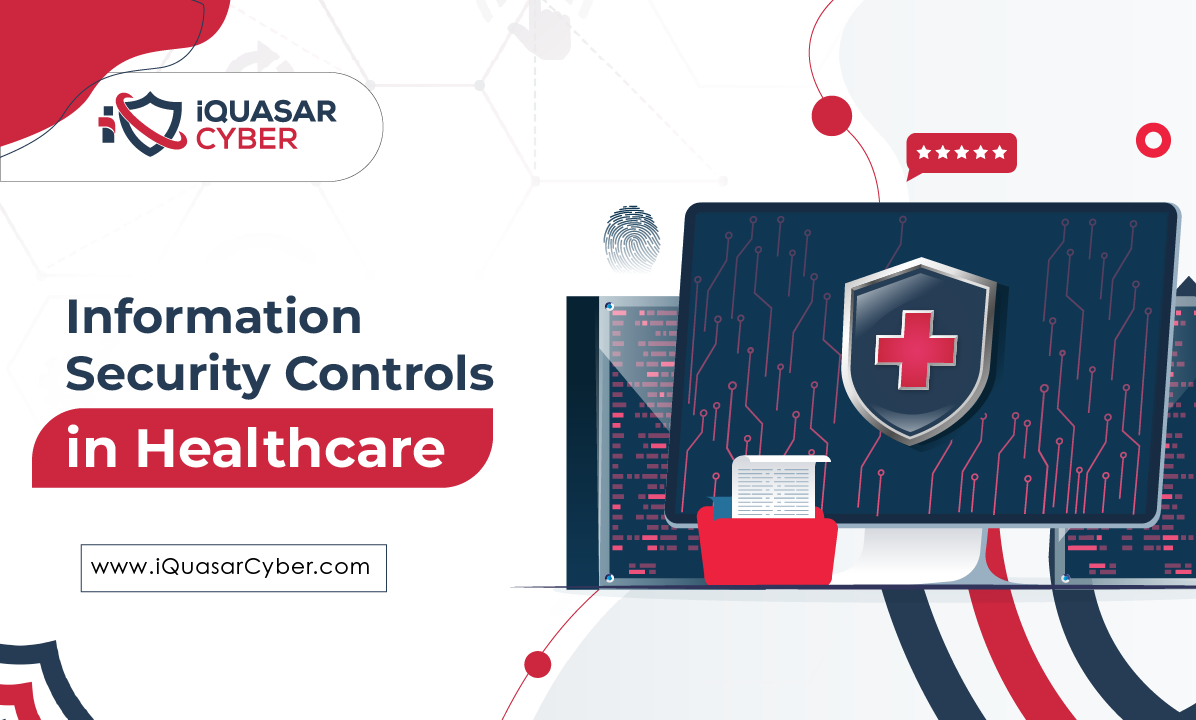
According to Forbes Business Insights, the global information security market is anticipated to grow to $366.1 billion in 2028. The forecast size of the information security market in 2024 is approximately 174.7 billion USD, and the market revenue for information security products and services in 2022 has touched 1172.5bn USD. The market size of Security as a Service (SECAAS) worldwide in 2021 was 10.8 billion USD.
Securing assets is a priority, and organizations have taken initiatives in the right direction in the past decade across industry verticals. Some organizations may be more aggressive in implementing security controls than others, nonetheless, strategic security initiatives are being implemented to secure assets. The Healthcare industry possesses high value data assets and is no stranger to cyber attacks and breaches. This blog discusses basic cyber security hygiene as mandated by HIPAA regulatory compliance to secure assets.
The HIPAA Security Rule sets national standards for the security of Protected Health Information (PHI). The rule requires healthcare providers and their business associates to implement specific technical, physical, and administrative security safeguards to protect PHI and ePHI data. Healthcare providers and their business associates must also comply with the HIPAA Breach Notification Rule, which requires notification of individuals affected by a breach of unsecured data. If you are a healthcare provider or business associate dealing with electronic protected health information (ePHI), you need to be aware of the HIPAA Security Rule and impact of non-compliance. This rule requires certain implementation of security controls to protect ePHI from unauthorized access, use, or disclosure.
Electronic Medical Record or EMR is a digital representation of data. EMR is the creation, storage, and management of the medical record of patients. While many times used interchangeably with Electronic Health Record or EHR, they have some differences. While both EMR and EHR are electronic in nature, EHR contains detailed data about the patient and may contain patient history (present and past), patient results, history, demographics, etc. about the user. Another critical distinction is that EMR usually stays within a physician’s office premise and is likely to stay there, while EHR can have records from numerous physicians and provides a holistic view of a patient’s history and hence data may traverse across entities. An EHR may move from one physician location to another providing more insight into patient medical history. EHR is a foundational driver that leads to HIPAA compliance security controls. As with many other regulatory compliances, HIPAA is broad and ambiguous in nature with much of the onus on the organizations to implement safeguards. Determining which HIPAA controls will meet your organization’s needs with respect to ePHI and strengthen your overall security posture will depend on understanding your organization’s HIPAA scope and risk appetite. However, conforming to Privacy and Security Rules are the most important for maintaining HIPAA compliance and safeguarding patient data.
The HIPAA Security Rule is divided into three controls or safeguards. The controls focus on maintaining confidentiality, integrity and availability of PHI and ePHI data at all times. Controls are implemented to mitigate potential threats and adhere to HIPAA compliance rules. In addition to the controls, the breach notification rule provides guidance to organizations in case a breach occurs. The security controls are divided into the following categories:
The below figure illustrates a sample cross-section of controls illustrating controls that help minimize risk:
Administrative Controls are related to the organization as a whole and not specific to an individual person. It focuses on organizational structure, policies, processes, reviews, plans, etc. Segregation of duties is an example of an administrative control applied at an organizational level to mitigate a collusion possibility. Some common examples of administrative controls are as follows:
Technical Controls are technical in nature and implemented using technology counter measures such as an alarm system, firewall, system patching, etc. These controls mainly use technology to safeguard assets.
Physical Controls are controls that help in implementing in the physical world as they manifest mainly in the physical world. Usually, they are physical countermeasures such as doors, windows, etc. Some of the physical controls may include:
Risk management in the healthcare industry is paramount as patient safety, and privacy is at stake. Recent ransomware attacks have demonstrated that patient care can be seriously impacted due to such attacks. A comprehensive strategy is to be put in place to review security controls and adopt modern technical and non-technical controls to quickly recover from cyber-attacks.
As more and more attacks are becoming prevalent, organizations are faced with the daunting task of keeping up with attacks and running businesses smoothly. Numerous organizations do not have in-house Information security knowledge or expertise and rely on independent trusted advisors to assess risks and provide mitigation strategies. iQuasar Cyber, Inc. can provide you with advisory services with expert guidance on selecting a control framework for risk mitigation and implementing a suitable strategy for information security controls thereby reducing cybersecurity risk and comply with HIPAA rules.
Call iQuasar Cyber, Inc. for a free consulting hour to learn more about our services and how iQuasar Cyber can help you secure your assets.